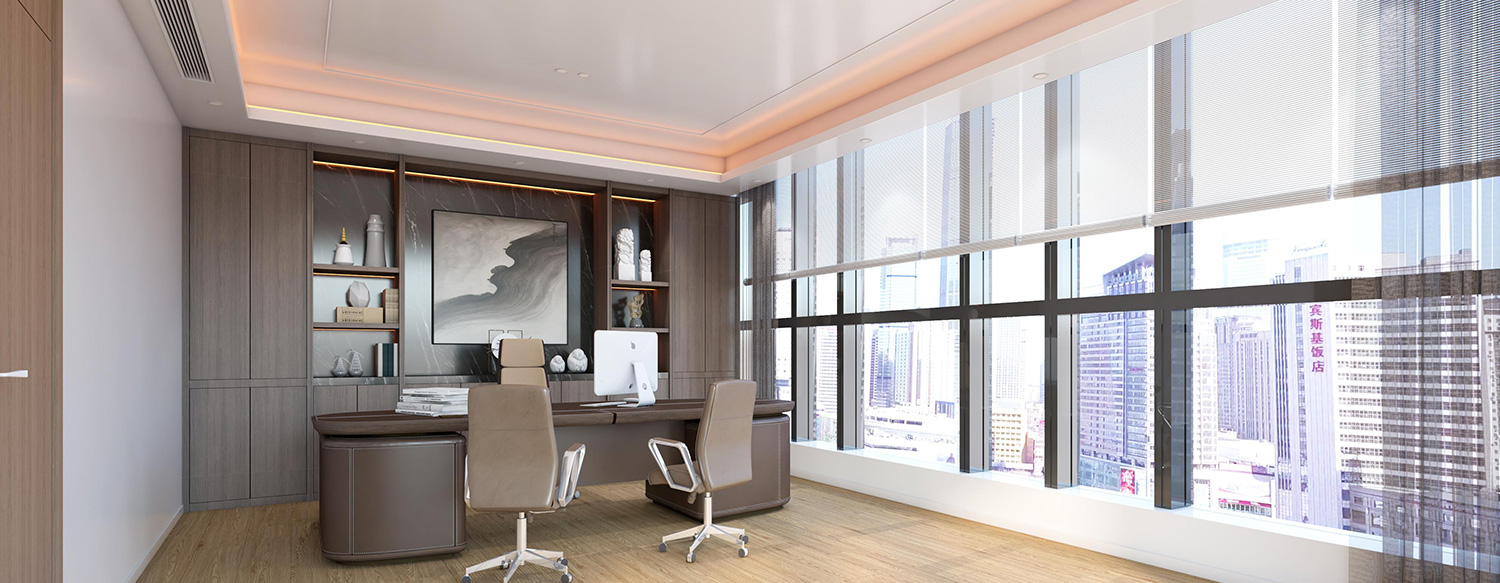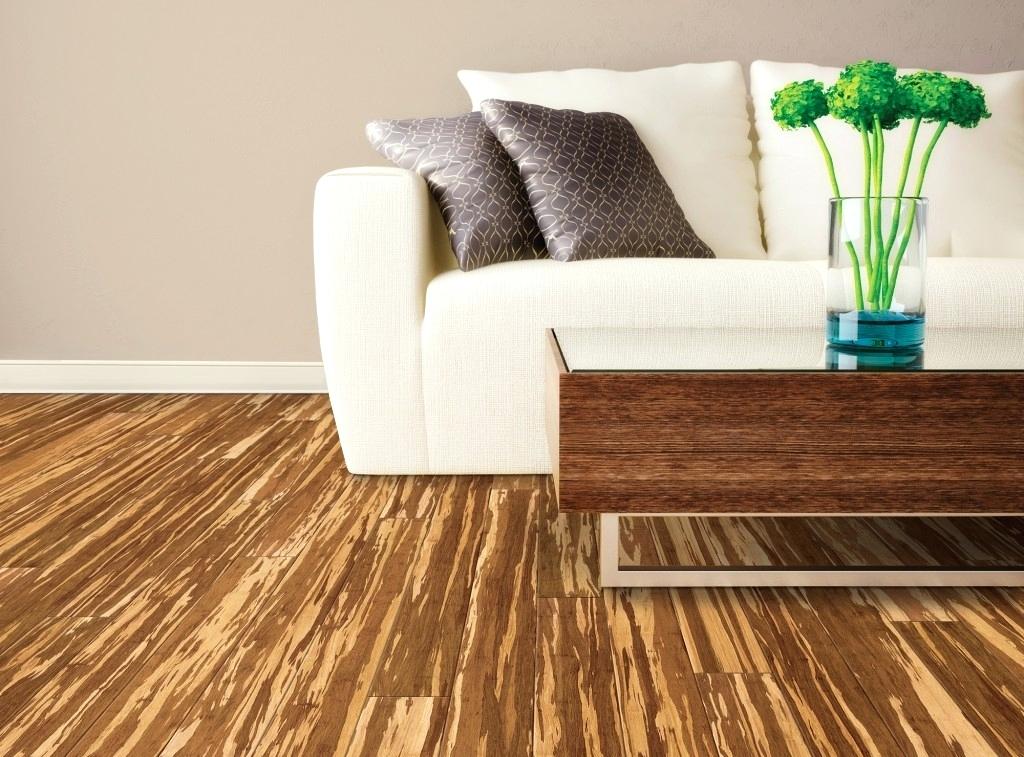Many homeowners are drawn to the concept of fusing functionality and natural beauty when it comes to bathroom flooring. Because of its eco-friendliness, durability, and sophisticated appearance, bamboo flooring has becoming increasingly popular. However, are bamboo floors appropriate for bathrooms, and if so, what kinds are best for bathrooms?
The fact is that not all bamboo flooring is made equal, and careful selection is essential in high-humidity locations like bathrooms. This blog post will discuss the best bamboo flooring options for bathrooms, their advantages, and how to care for them to last.
Can Bathrooms Use Bamboo Flooring?
Because the bathroom is constantly exposed to moisture, humidity, and temperature changes, it is one of the most difficult areas for flooring. Although bamboo flooring is frequently promoted as a long-lasting and environmentally friendly substitute for hardwood, whether or not it is appropriate for bathrooms depends on the kind of bamboo flooring and installation method.
Although bamboo flooring naturally resists moisture, it is not entirely waterproof. Long-term exposure to water might result in discolouration, swelling, or warping. However, bamboo flooring may be a fashionable and useful option for your bathroom if you choose the right kind and take good care of it.
Bamboo Flooring Types for Bathrooms
Not all bamboo flooring is suitable for damp spaces, such as bathrooms. The following varieties of bamboo flooring are more appropriate for this area:
- Bamboo flooring that has been engineered
One of the greatest choices for bathrooms is engineered bamboo. A premium plywood or fibreboard core is joined to a top layer of bamboo veneer. It is less likely to warp or swell when exposed to moisture because of its layered composition, which gives it greater dimensional stability than solid bamboo.
Important characteristics of bathroom engineered bamboo flooring include:
superior to solid bamboo in terms of moisture resistance.
For extra protection, a waterproof underlayment or sealer can be applied during installation.
accessible in a range of styles and finishes.
- Bamboo Flooring with Strand Weaving
Another great option for bathrooms is bamboo that has been strand-woven. This kind creates a denser and more resilient product by compressing resin and shredded bamboo fibres under extreme heat and pressure. Strand-woven bamboo is ideal for high-traffic and high-humidity locations because of its exceptional resistance to dents, scratches, and wetness.
Important characteristics of bathroom strand-woven bamboo flooring include:
incredibly hard and resilient (harder than most hardwoods).
Improved water resistance as a result of compression.
comes in a variety of hues and coatings, such as carbonised, stained, and natural.
- Bamboo flooring that is waterproof or water-resistant
Nowadays, some producers provide bamboo flooring that is especially made to be waterproof or water-resistant. Special coatings or sealants are applied to these goods to keep water out and shield the bamboo from harm.
Important characteristics of bathroom waterproof bamboo flooring include:
made especially for damp spaces like kitchens and bathrooms.
often has click-lock installation mechanisms for a secure, watertight fit.
less maintenance-intensive than untreated bamboo.
- Bamboo floors that float with a waterproof underlayment
Bathrooms can also benefit from floating bamboo floors that are laid over a waterproof subfloor. The floating installation technique permits the floor to expand and contract without causing damage, while the underlayment serves as a moisture barrier.
What to Consider When Selecting Bathroom Bamboo Flooring
Consider the following aspects while choosing bamboo flooring for your bathroom:
- Resistance to Moisture
Choose bamboo flooring that has been specially treated to withstand water. Seek out goods that are marked as waterproof or water-resistant. In general, strand-woven and engineered bamboo outperform solid bamboo in humid conditions. - Sealant and Finish
Bamboo flooring in the bathroom needs to be protected with a high-quality polish. Finishes like polyurethane or aluminium oxide offer a barrier that keeps water out and lessens the possibility of stains and scratches. - Method of Installation
The floor’s capacity to withstand dampness may be impacted by the installation technique. Compared to glued or fastened installations, floating flooring with click-lock systems are frequently more water-resistant. A waterproof underlayment can also provide an additional degree of security. - Requirements for Maintenance
In a bathroom, pick a flooring option that is simple to maintain. High-quality bamboo flooring is easier to clean and requires less regular resealing.
Bamboo Flooring’s Advantages for Bathrooms
Bamboo flooring can provide a number of benefits in bathrooms when properly selected and placed, including:
- Sustainable Option
Bamboo is an eco-friendly choice for bathroom flooring since it is a renewable resource that grows considerably more quickly than hardwood trees. - Chic and Adaptable
Bamboo flooring gives your bathroom a spa-like feel by radiating warmth and natural beauty. It complements any type of décor because it is available in a variety of colours and finishes. - Sturdy and Prolonged
Bamboo that has been engineered or strand-woven is renowned for its strength and resilience to normal wear and tear. - Cosy Underfoot
Bamboo flooring is more comfortable in bathrooms, especially in the winter, because it feels warmer and softer underfoot than tile or stone.
How to Maintain Bathroom Bamboo Flooring
Use these upkeep suggestions to extend the life of your bathroom’s bamboo flooring:
Clean Spills Right Away: To avoid damage, clean up any water splashes or spills as soon as you can.
Use Mats and Rugs: To reduce direct water contact, place mats and rugs that absorb water close to showers, bathtubs, and sinks.
Maintain Appropriate Ventilation: To lower the humidity levels in the bathroom, use exhaust fans or open windows.
Frequent Cleaning: Use a moist (not wet) mop for thorough cleaning and sweep or hoover frequently to get rid of dirt and debris.
Reapply Sealant: To keep the flooring water resistant, reseal it on a regular basis.
In conclusion
Bamboo flooring can be a beautiful and useful option for bathrooms, but it needs to be chosen carefully and maintained. The finest choices for managing the difficulties of a bathroom setting are waterproof bamboo flooring, strand-woven bamboo and engineered bamboo. These flooring options may turn your bathroom into a chic haven thanks to their resilience to wetness, longevity, and environmentally friendly appeal.
You can take use of bamboo’s inherent beauty and functionality while making sure it can withstand the rigours of your bathroom by selecting the appropriate bamboo flooring and making a commitment to routine maintenance.

